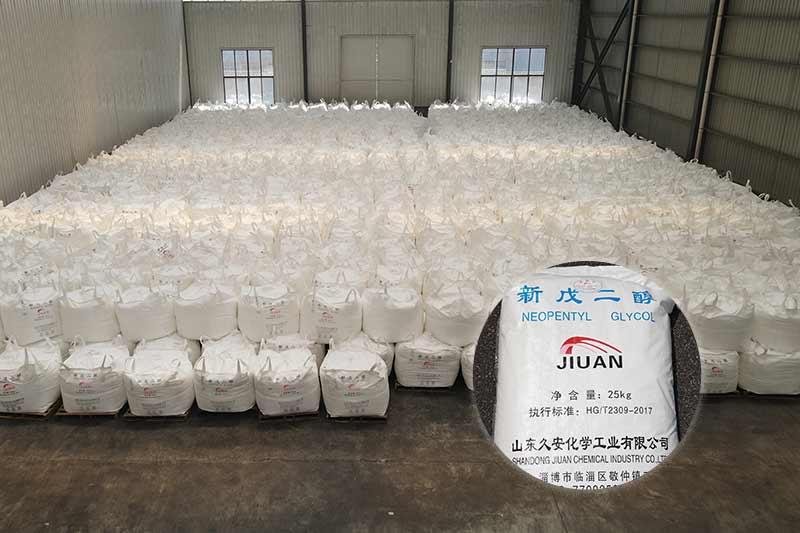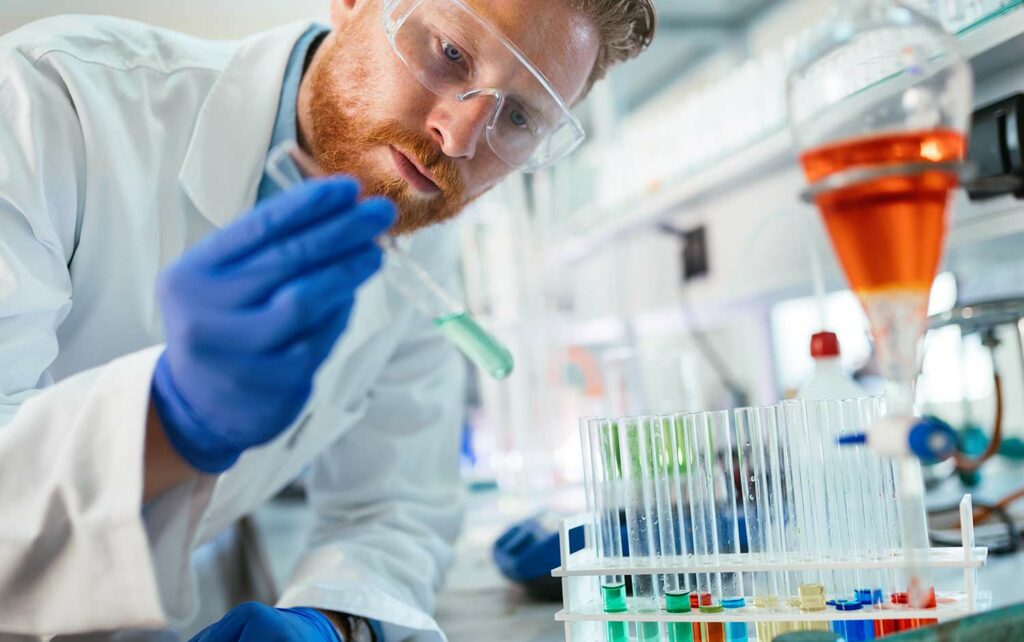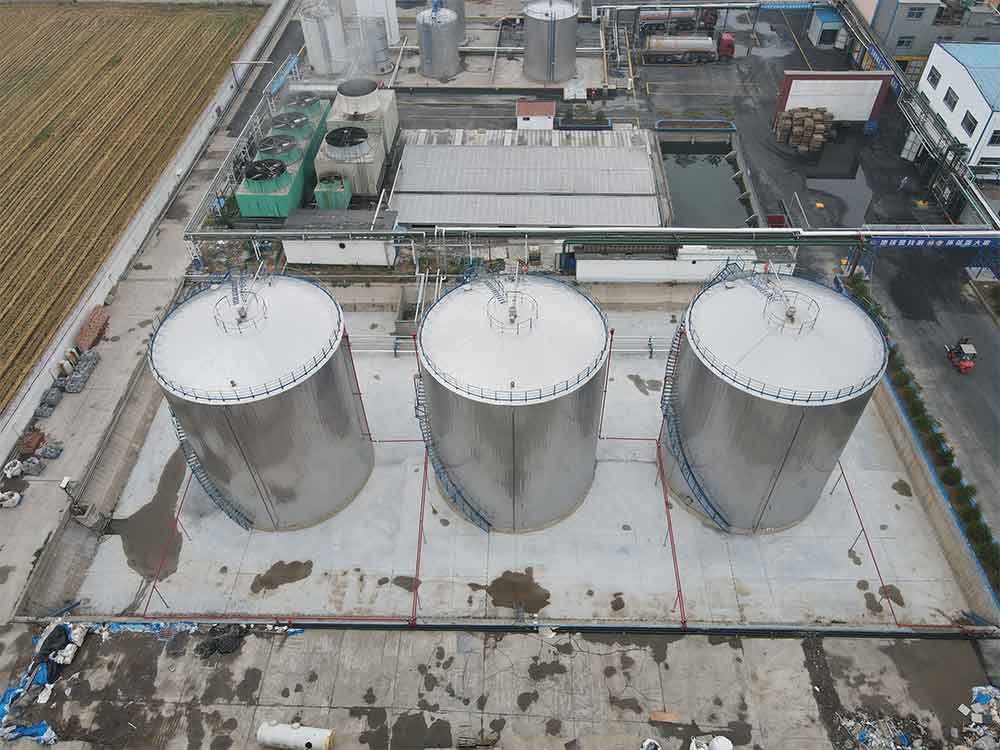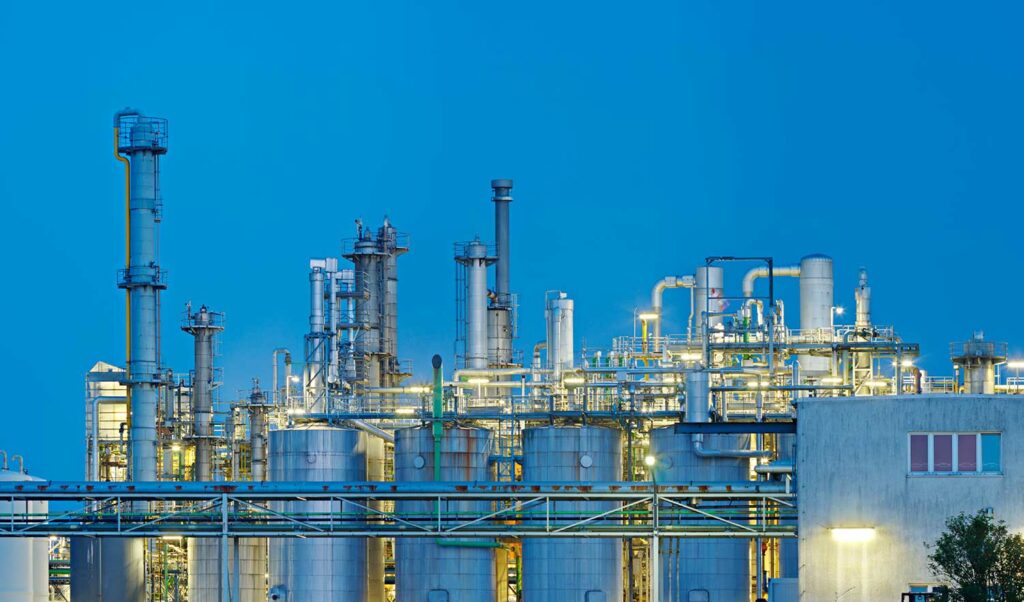Coût de production du néopentylglycol : Le néopentylglycol (NPG) est un composé polyvalent utilisé dans diverses industries, notamment la production de revêtements, de résines, d'adhésifs et de lubrifiants synthétiques. En tant qu’ingrédient clé de ces applications, la compréhension du coût de production du néopentylglycol est cruciale pour les fabricants et les entreprises. Cet article fournira un aperçu des facteurs influençant les coûts de production du néopentylglycol et explorera des stratégies pour optimiser son processus de fabrication.
Table des matières
- Introduction
- Overview of Neopentyl Glycol
- Processus de production
- Matières premières
- Synthesis Methods
- Factors Affecting Production Cost
- Prix des matières premières
- Consommation d'énergie
- Process Efficiency
- Scale of Production
- Conformité réglementaire
- Cost Optimization Strategies
- Advanced Synthesis Technologies
- Feedstock Diversification
- Energy Efficiency Measures
- Process Integration
- Waste Minimization
- Tendances et perspectives du marché
- Conclusion
- FAQ
Introduction

Neopentyl glycol, also known as 2,2-dimethyl-1,3-propanediol, is a chemical compound with a wide range of applications. It is primarily used as a building block in the production of polyesters, polyurethanes, and alkyd resins. Due to its excellent thermal stability, low volatility, and resistance to water and chemicals, neopentyl glycol finds extensive use in the coatings, adhesives, and lubricants industries.
Neopentyl Glycol Production Cost:Overview of Néopentyl glycol
Neopentyl glycol (NPG) is a versatile compound that finds applications in various industries. It is commonly used in the production of coatings, adhesives, resins, and synthetic lubricants. With its exceptional thermal stability, low volatility, and resistance to water and chemicals, neopentyl glycol has become a sought-after ingredient in these industries. Its molecular formula is C5H12O2, and it is a white crystalline solid. Neopentyl glycol is produced through the condensation reaction of formaldehyde and isobutyraldehyde, followed by hydrogenation. This process results in a compound with remarkable chemical and physical properties that make it highly desirable for industrial use.
Processus de production
Matières premières
The production of neopentyl glycol requires specific raw materials, including formaldehyde and isobutyraldehyde. Formaldehyde is commonly derived from methanol, while isobutyraldehyde can be obtained from propylene through oxidation and subsequent hydration. The availability and cost of these raw materials significantly impact the overall production cost of neopentyl glycol.
Synthesis Methods
There are several synthesis methods for neopentyl glycol, but the most widely used is the aldol condensation of formaldehyde and isobutyraldehyde, followed by catalytic hydrogenation. This reaction sequence offers high yield and purity of neopentyl glycol. Continuous improvement in reaction conditions and catalyst technology has led to enhanced process efficiency and cost optimization.
Factors Affecting Production Cost

Several factors influence the production cost of neopentyl glycol. Understanding and managing these factors are essential for manufacturers to remain competitive in the market.
Prix des matières premières
The cost of raw materials, such as formaldehyde and isobutyraldehyde, can vary due to factors like supply-demand dynamics, feedstock availability, and market fluctuations. Manufacturers must carefully monitor these prices and establish strategic partnerships with suppliers to secure a stable supply at competitive rates.
Consommation d'énergie
The production of neopentyl glycol involves several energy-intensive processes, including distillation, hydrogenation, and purification. Energy costs play a significant role in determining the overall production cost. Manufacturers can adopt energy-efficient technologies, optimize process conditions, and explore alternative energy sources to minimize energy consumption and reduce costs.
Process Efficiency
Efficiency in the production process directly affects the cost of neopentyl glycol. By employing advanced catalysts, optimizing reaction conditions, and implementing process integration techniques, manufacturers can enhance the conversion rates, reduce waste, and improve the overall process efficiency.
Scale of Production
Economies of scale play a crucial role in cost optimization. Large-scale production allows manufacturers to spread fixed costs over a higher volume of output, reducing the cost per unit of neopentyl glycol. Strategic capacity planning and effective utilization of production facilities are vital to achieving economies of scale.
Conformité réglementaire
Compliance with environmental and safety regulations adds additional costs to neopentyl glycol production. Manufacturers need to invest in pollution control measures, waste treatment facilities, and safety protocols to meet regulatory standards. These compliance costs must be factored into the overall production cost.
Néopentyl glycol Production Cost:Cost Optimization Strategies

To improve cost competitiveness in neopentyl glycol production, manufacturers can adopt various strategies:
Advanced Synthesis Technologies
Exploring innovative synthesis technologies, such as alternative catalysts or novel reaction pathways, can enhance process efficiency, reduce raw material consumption, and lower production costs. Continuous research and development in this area contribute to cost optimization.
Feedstock Diversification
Reducing dependency on a single raw material source can mitigate the risks associated with feedstock price fluctuations. Manufacturers can explore alternative feedstock options or establish strategic partnerships with multiple suppliers to ensure a stable and cost-effective supply chain.
Energy Efficiency Measures
Implementing energy-efficient practices and technologies, such as heat integration, process optimization, and utilization of renewable energy sources, can significantly reduce energy consumption and lower production costs. Energy audits and continuous improvement programs help identify opportunities for energy savings.
Process Integration
Integrating different process steps and optimizing the overall production system can improve resource utilization, minimize waste generation, and streamline operations. Process integration enhances process efficiency, reduces production costs, and promotes sustainability.
Waste Minimization
Efficient waste management practices, such as recycling, reuse, and proper disposal, contribute to cost optimization. By implementing waste minimization strategies, manufacturers can reduce waste treatment and disposal costs while minimizing the environmental impact of neopentyl glycol production.
Tendances et perspectives du marché
The market for neopentyl glycol (NPG) is expected to witness significant growth in the coming years. This growth can be attributed to several key factors and emerging trends in various industries.
One of the driving factors for the increasing demand for neopentyl glycol is the rising awareness and adoption of environmentally friendly coatings, adhesives, and resins. With a growing focus on sustainability and eco-friendly solutions, manufacturers are turning to neopentyl glycol as a preferred ingredient in their products. This trend is particularly prominent in sectors such as construction, automotive, and packaging, where the demand for sustainable materials and formulations is high.
Another factor fueling the market growth is the robust growth of the construction and infrastructure industries. Neopentyl glycol is extensively used in the production of durable coatings, paints, and sealants that offer excellent weather resistance, corrosion protection, and durability. The booming construction activities, especially in developing economies, are driving the demand for neopentyl glycol in the sector.
Moreover, the automotive industry is experiencing significant growth worldwide. Neopentyl glycol is utilized in the manufacturing of high-performance coatings for automotive finishes, providing exceptional gloss, scratch resistance, and weatherability. As the automotive market continues to expand, the demand for neopentyl glycol is expected to witness substantial growth.
Additionally, advancements in technology and product innovation are positively influencing the neopentyl glycol market. Manufacturers are investing in research and development to improve the performance characteristics of neopentyl glycol-based products. This includes developing new formulations with enhanced properties, such as improved adhesion, flexibility, and chemical resistance. Such innovations are driving the adoption of neopentyl glycol in various industries, further contributing to market growth.
In terms of geographical outlook, Asia Pacific is expected to dominate the neopentyl glycol market due to rapid industrialization, infrastructure development, and increasing automotive production in countries like China, India, and Southeast Asian nations. North America and Europe are also significant markets for neopentyl glycol, driven by the demand for sustainable coatings and resins in these regions.
Conclusion
Understanding the production cost of neopentyl glycol is crucial for manufacturers and businesses operating in the coatings, adhesives, and lubricants industries. Various factors, including feedstock prices, energy consumption, process efficiency, scale of production, and regulatory compliance, influence the overall production cost. By adopting cost optimization strategies such as advanced synthesis technologies, feedstock diversification, energy efficiency measures, process integration, and waste minimization, manufacturers can enhance their competitiveness in the market while ensuring sustainable and profitable operations.
FAQ
Q1. What are the main applications of neopentyl glycol?
Neopentyl glycol is primarily used in the production of coatings, adhesives, resins, and synthetic lubricants.
Q2. How is néopentyl glycol produced?
Neopentyl glycol is produced through the condensation of formaldehyde and isobutyraldehyde, followed by hydrogenation.
Q3. What factors affect the production cost of neopentyl glycol?
Several factors influence the production cost of neopentyl glycol, including feedstock prices, energy consumption, process efficiency, scale of production, and regulatory compliance.
Q4. How can manufacturers optimize the production cost of neopentyl glycol?
Manufacturers can optimize the production cost of neopentyl glycol by adopting strategies such as advanced synthesis technologies, feedstock diversification, energy efficiency measures, process integration, and waste minimization.
Q5. What are the future trends in the neopentyl glycol market?
The neopentyl glycol market is expected to witness steady growth due to the increasing demand for environmentally friendly coatings, adhesives, and resins, driven by the growth of the construction and automotive industries.



